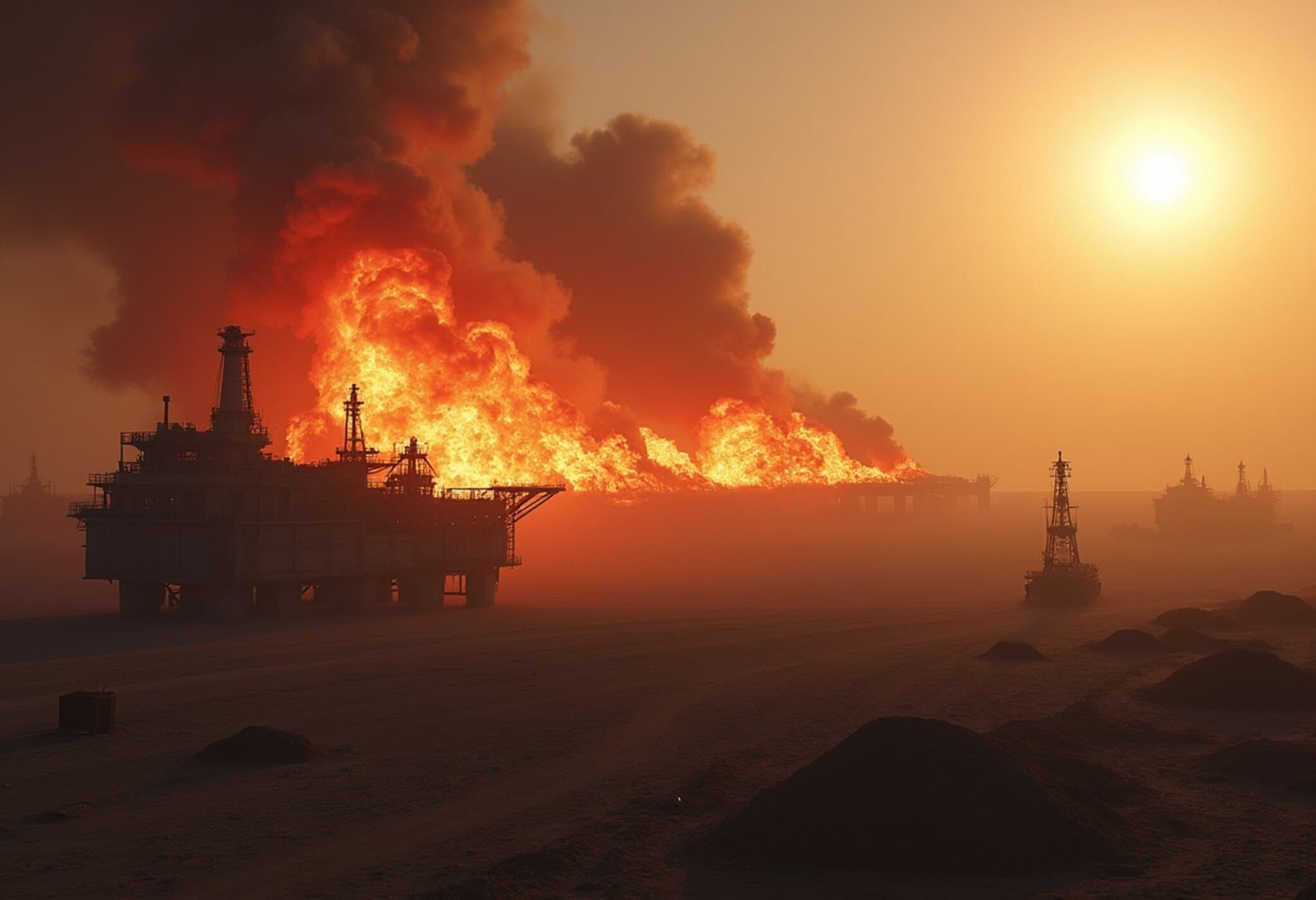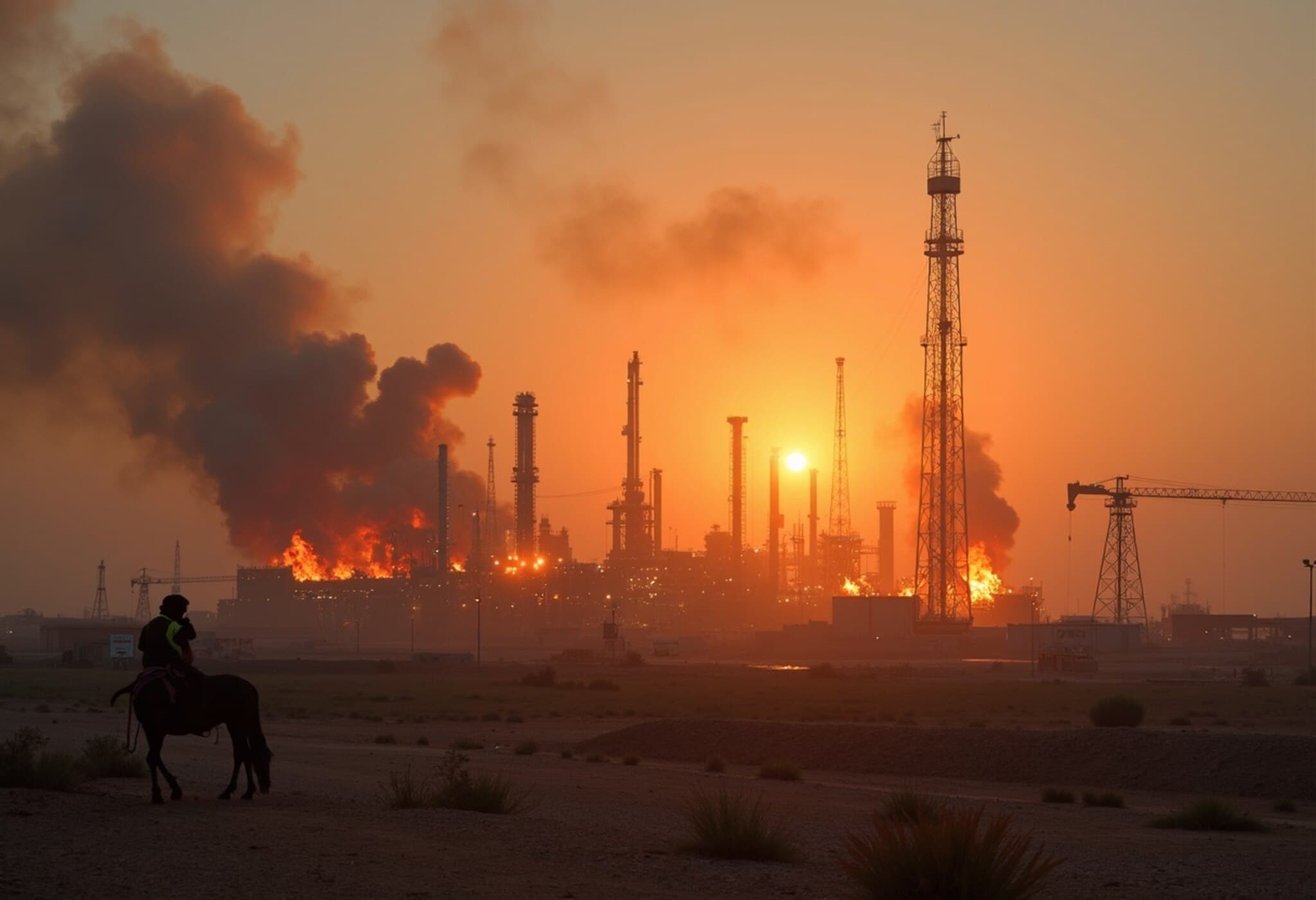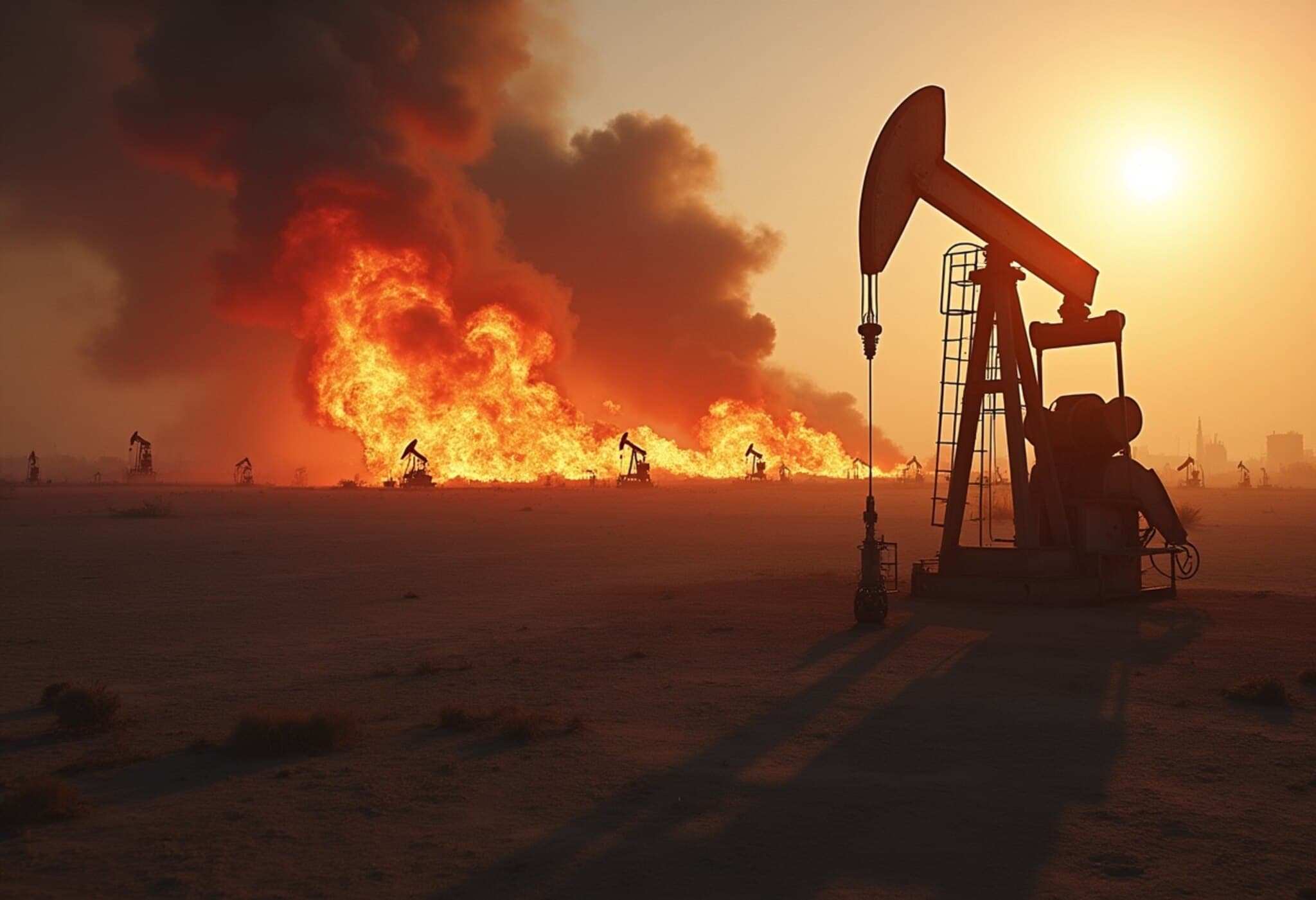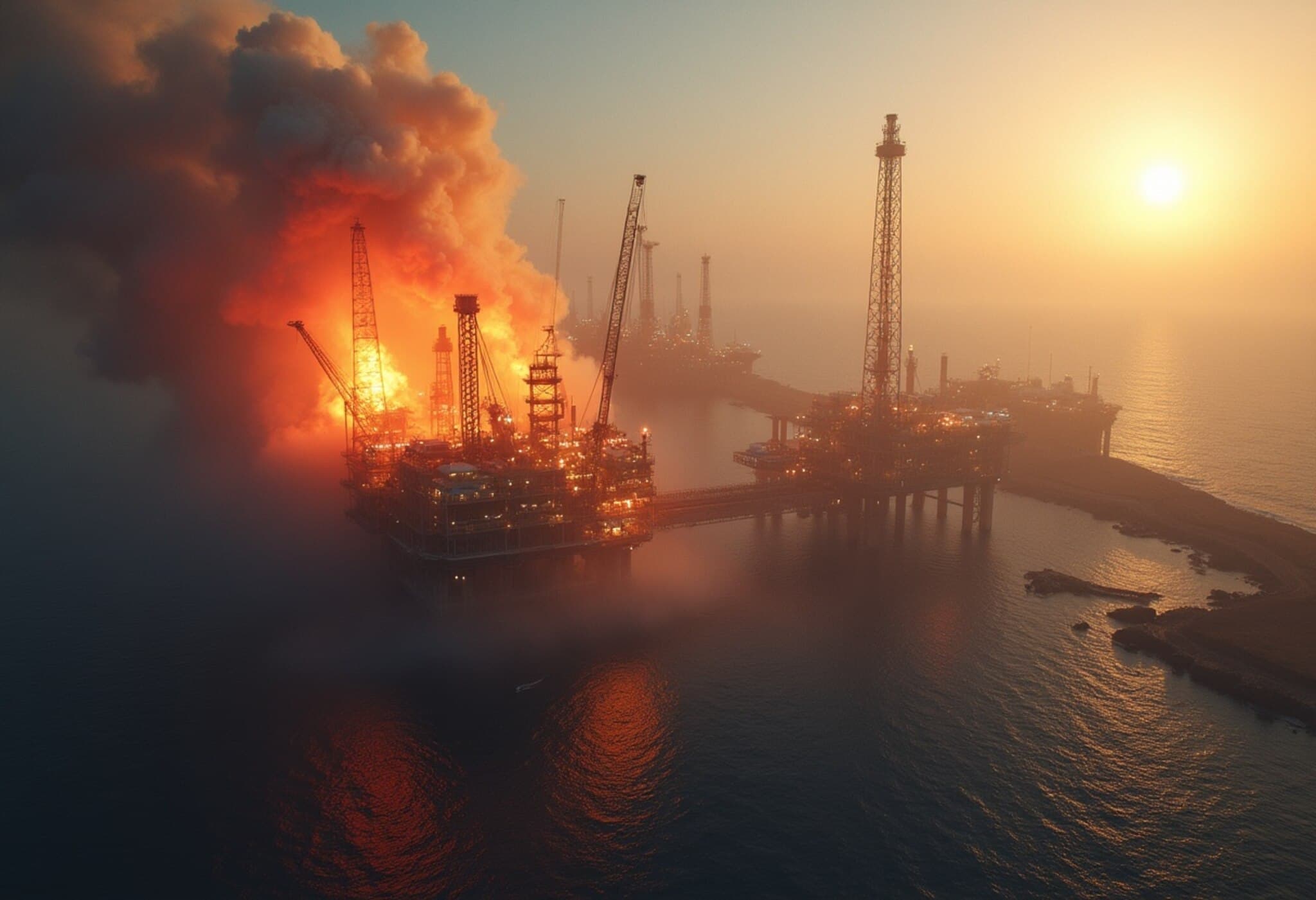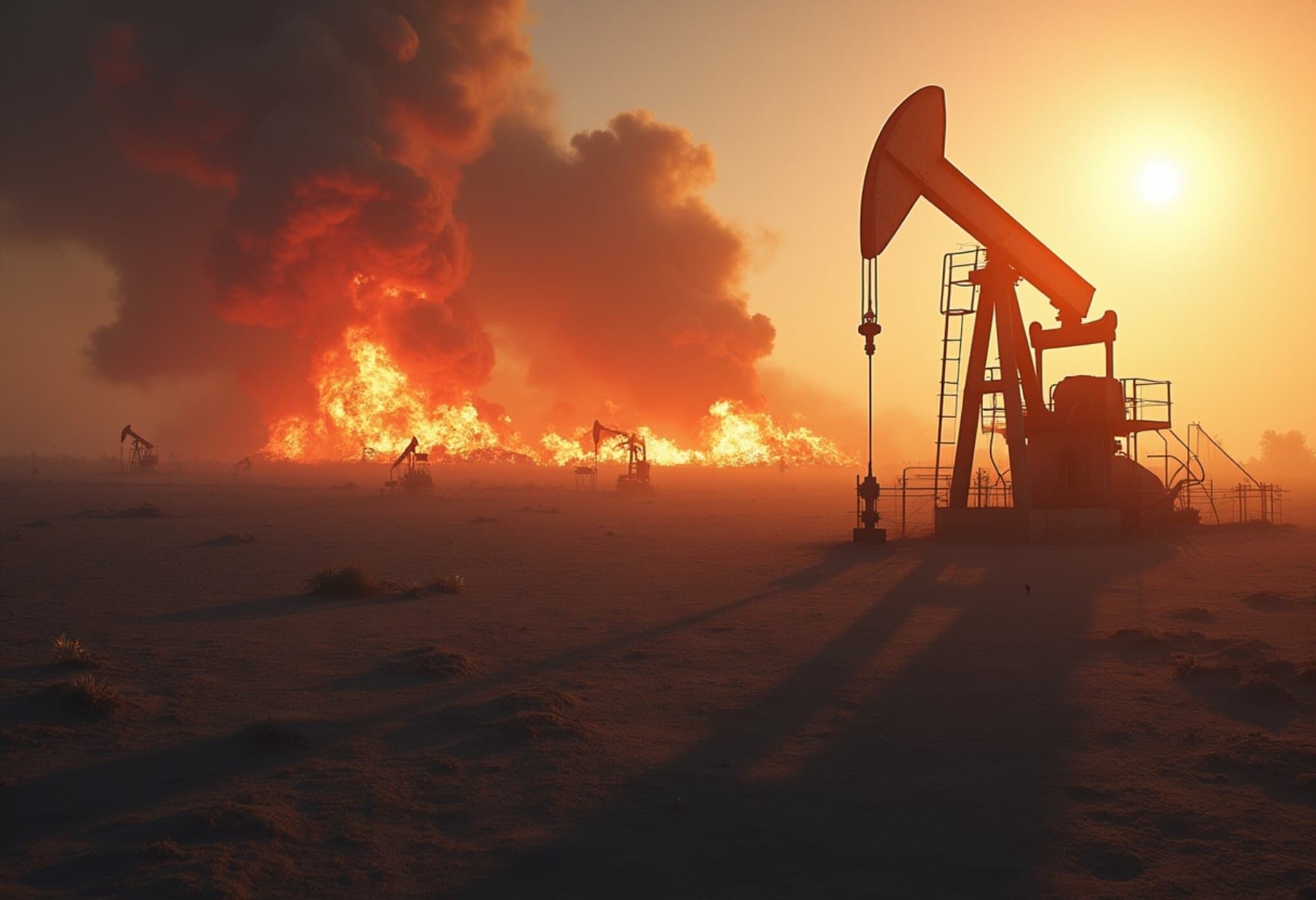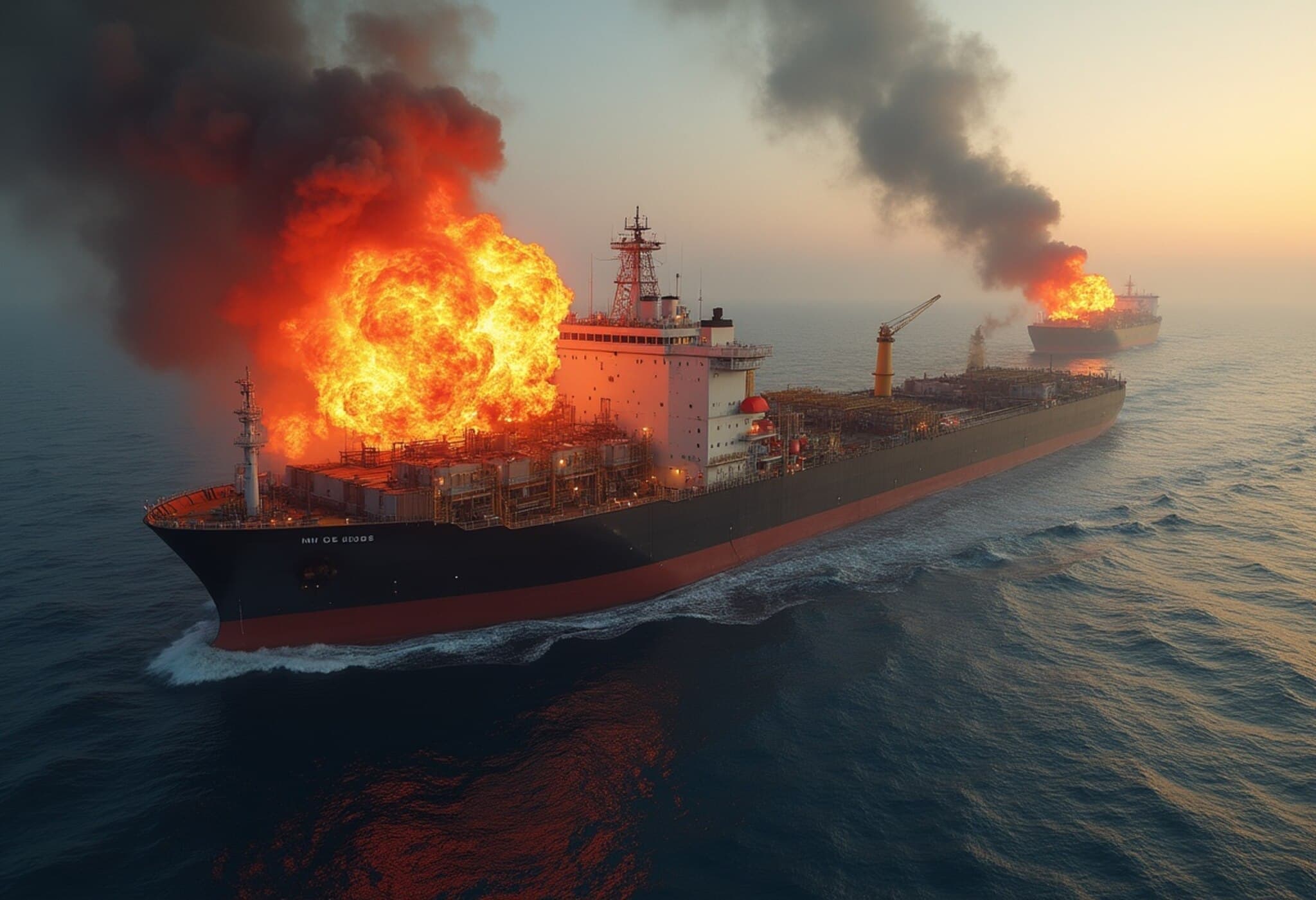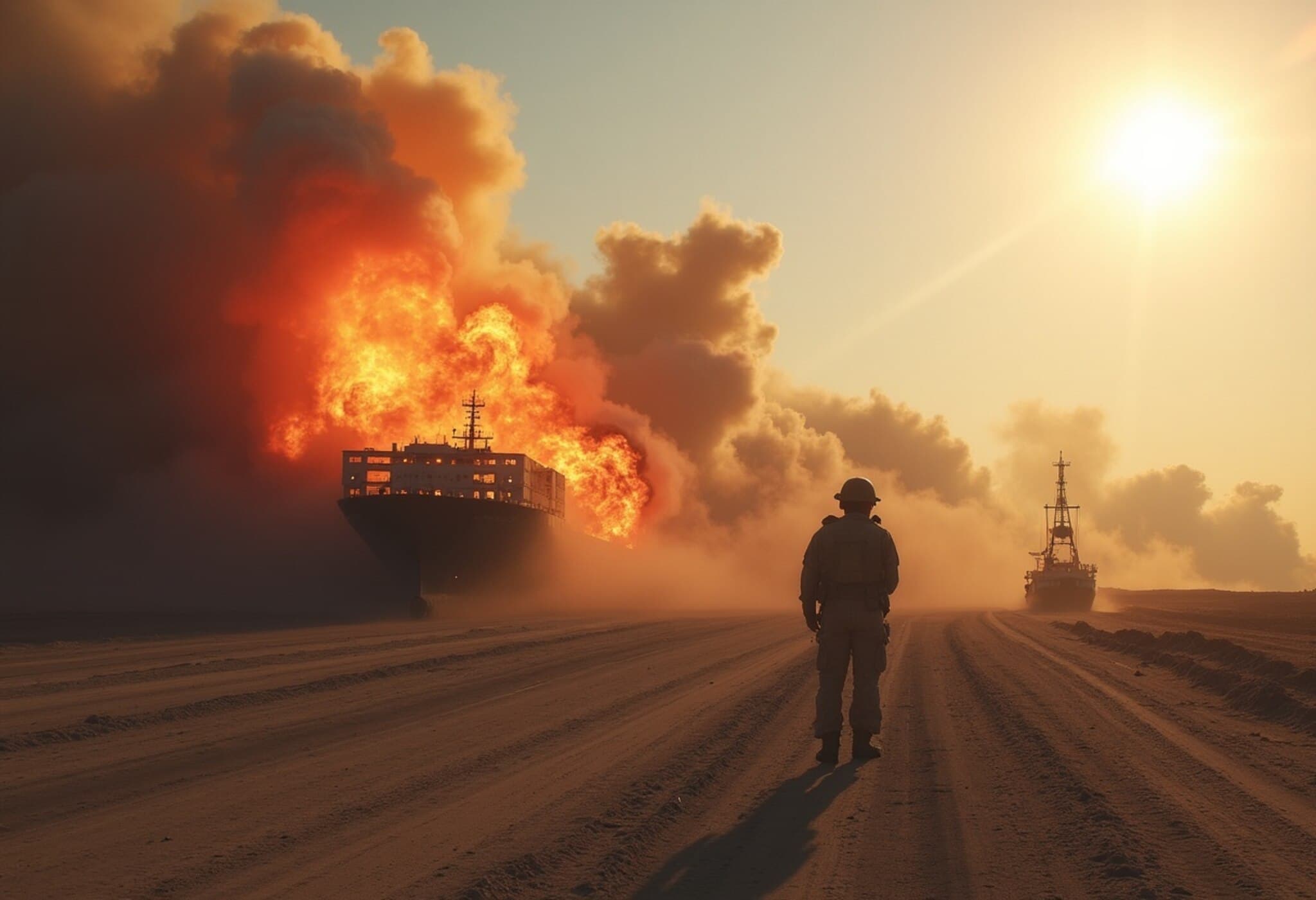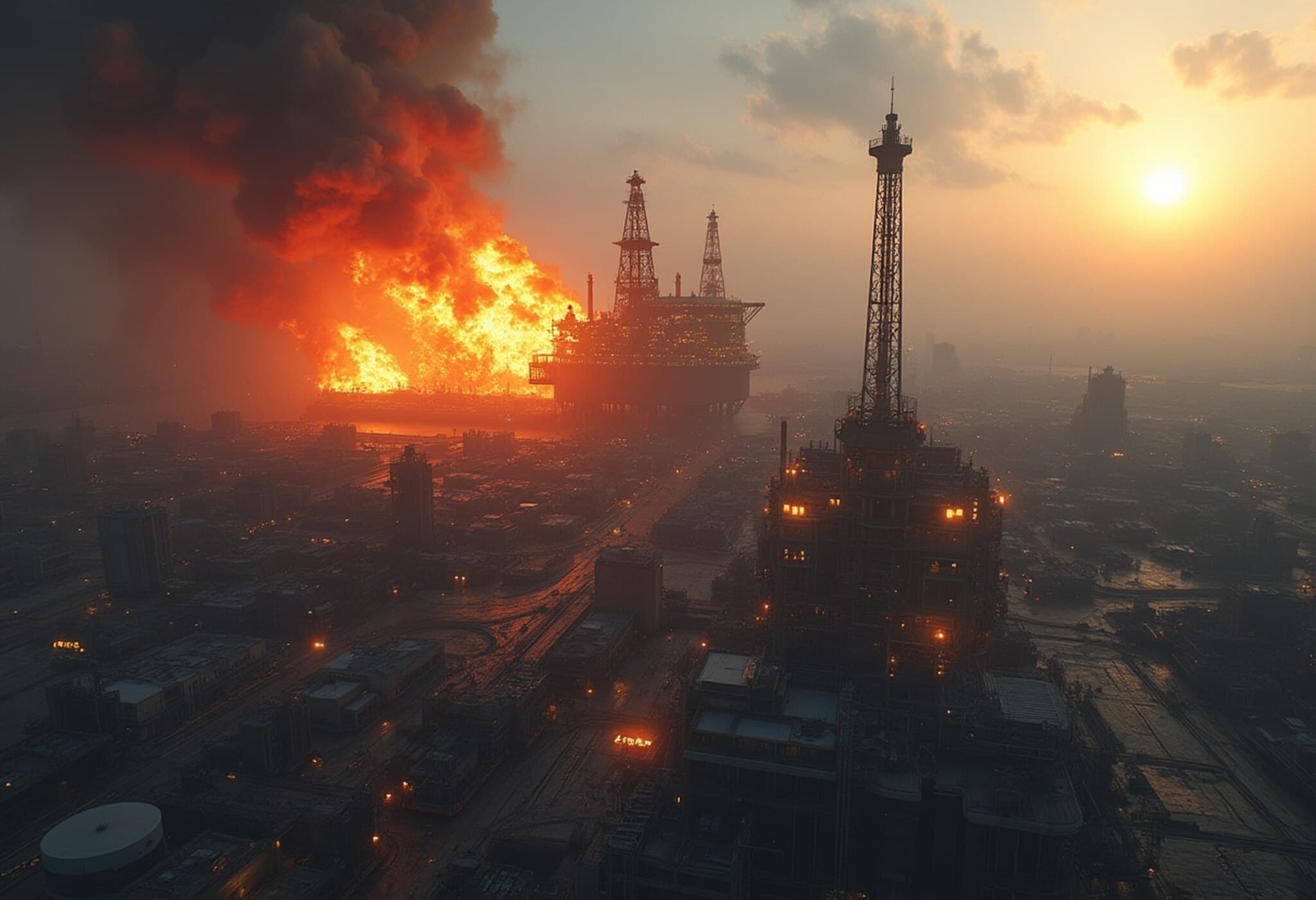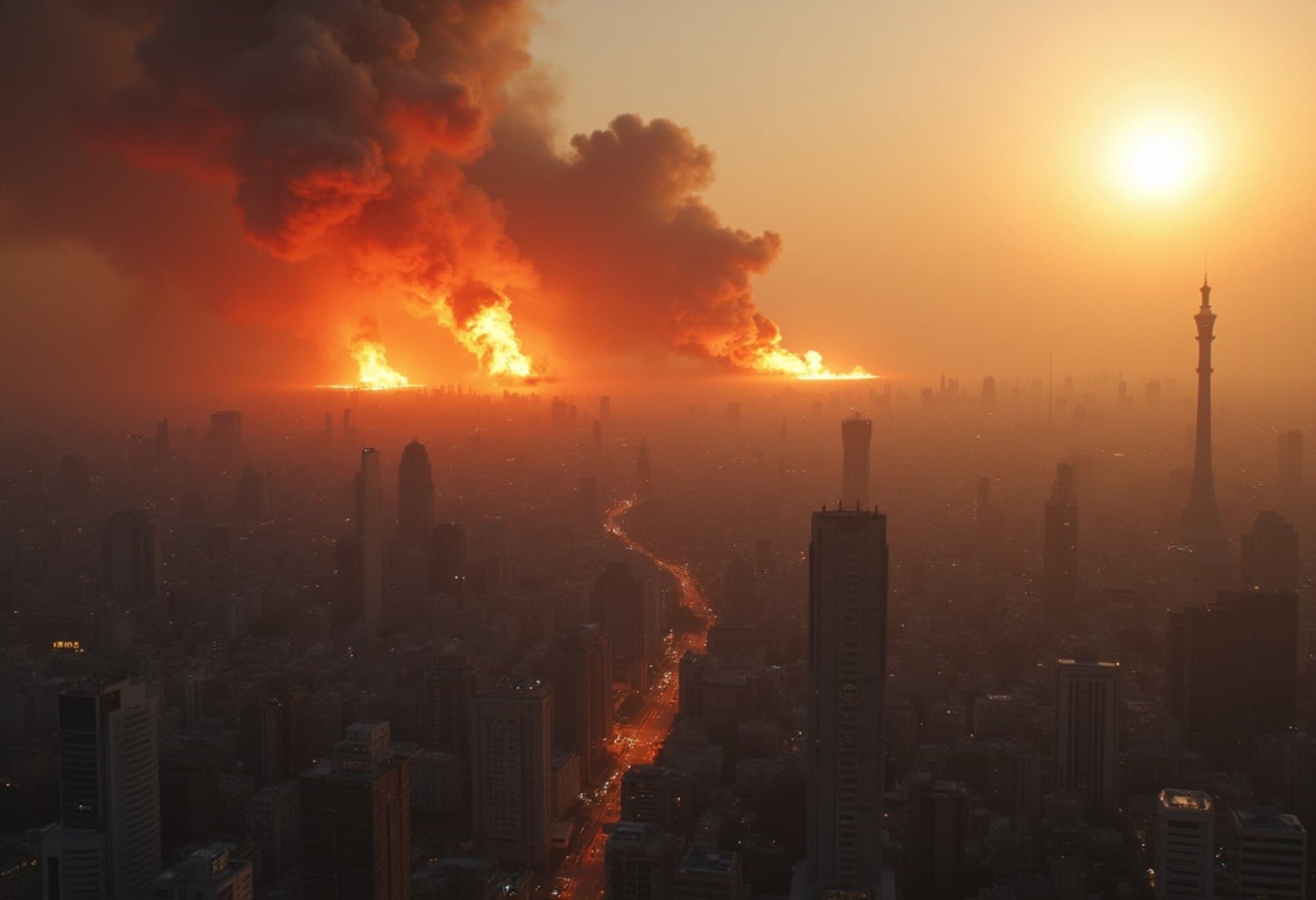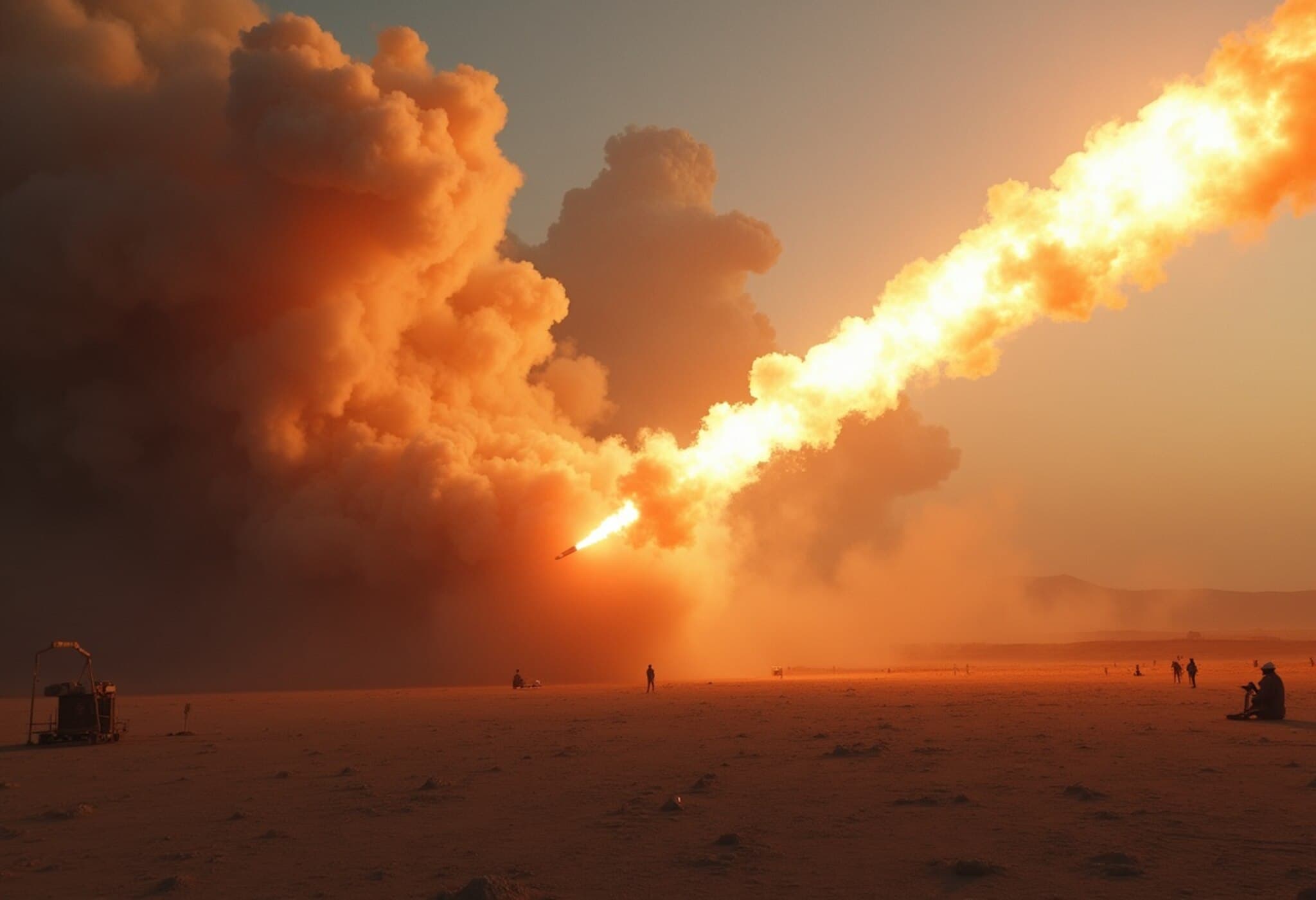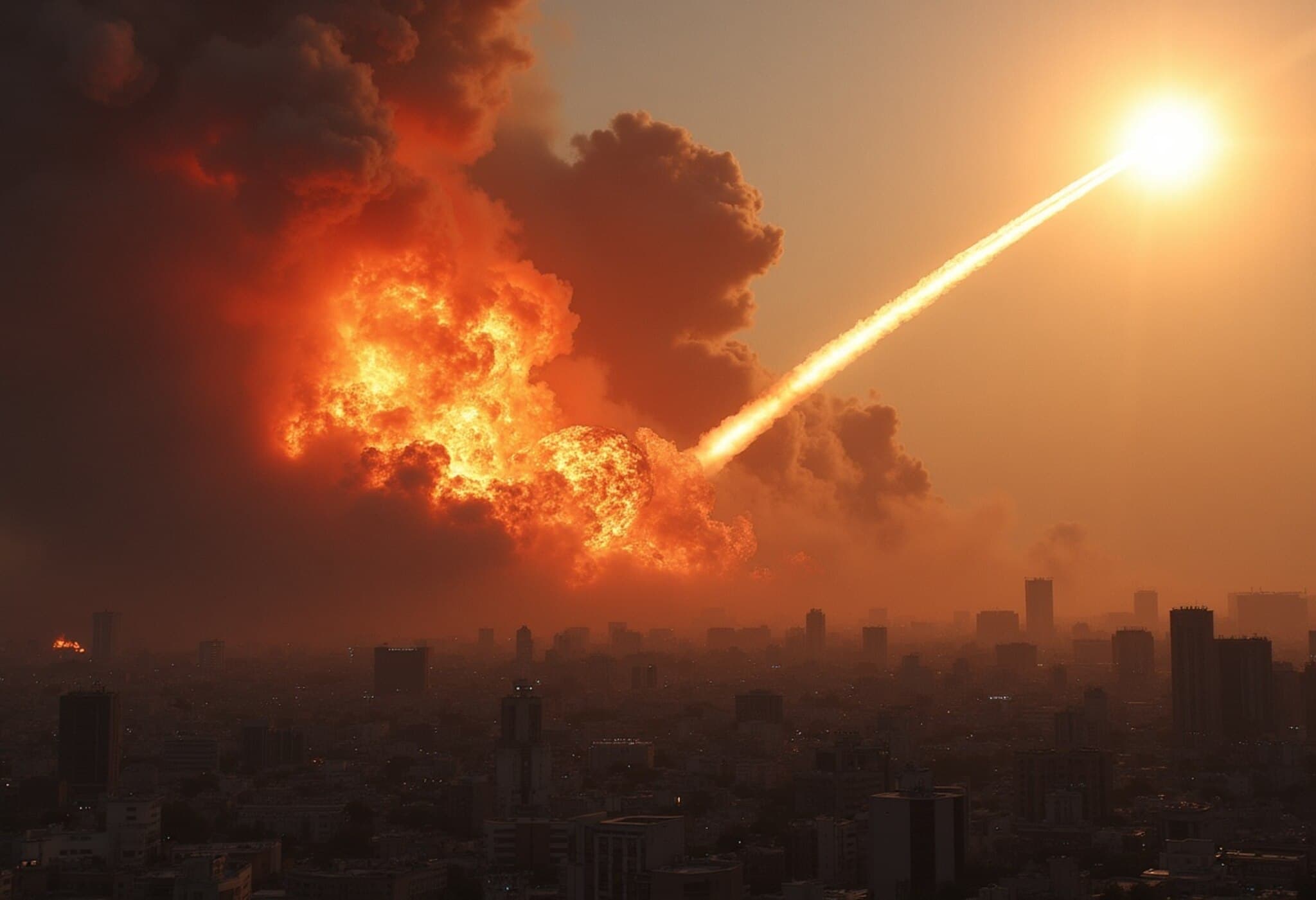Sharp Rise in Oil Prices Reflects Middle East Tensions
Oil prices surged dramatically following Israel's recent strikes on military and nuclear sites in Iran, sparking fears of a broader conflict in the Middle East. While the attacks avoided Iran's crucial oil facilities, the market responded swiftly, pushing international crude rates to peaks not seen since earlier this year.
How Much Have Prices Risen?
On Friday, Brent crude prices jumped over 13% at their peak, hitting nearly $75 per barrel. Although prices pulled back slightly by early afternoon GMT, they remained up close to 8%. The U.S. West Texas Intermediate (WTI) crude mirrored this rise, reflecting increased market anxiety.
Jorge Leon, an analyst at Rystad Energy, pointed out that the risk premium baked into oil prices has spiked by about $8 per barrel, surpassing levels seen during earlier direct strikes between Iran and Israel in 2024.
Will Prices Continue to Climb?
For now, the price rally is somewhat restrained by reports that Iranian oil production remains unaffected. However, Iran has labeled Israel's attacks a declaration of war, heightening concerns of escalation that could disrupt crude supplies.
Iran ranks as the world's ninth-largest oil producer, churning out around 3.3 million barrels per day. It exports nearly half of this, with the remainder supporting domestic demand.
Should Iranian oil infrastructure come under direct attack, analysts at Capital Economics warn Brent crude could surge further, potentially reaching between $80 and $100 per barrel.
Another critical factor is the Strait of Hormuz, a strategic chokepoint responsible for funneling about 20% of global oil shipments. Arne Lohmann Rasmussen from Global Risk Management described a closure of the Strait as an "absolute nightmare" for the oil market. Jorge Leon estimates such a disruption could add roughly $20 to the price of a barrel.
The U.S. Factor and Sanctions
Questions loom over potential U.S. economic sanctions targeting Iran if diplomatic talks on its nuclear program falter. Such sanctions could tighten crude supplies and push prices higher.
Nevertheless, Bjarne Schieldrop, an analyst at the Swedish bank SEB, noted that Iranian oil exports might only dip by 0.5 to 1 million barrels per day due to sustained imports from China.
Shifting Dynamics Among Oil Producers
Reduced Iranian output may prompt countries like Saudi Arabia and other OPEC+ members to ramp up production, thereby benefiting from higher revenues. In fact, since April, this cartel—dominated by Saudi Arabia and Russia—has already boosted market supply, which helped keep prices subdued until the recent spike.
Before this surge, crude futures hovered around $65 per barrel, weighed down by global trade tensions and fears of slowing economic growth.
If prices stabilize near $75, producers capable of increasing output are likely to do so. Meanwhile, higher oil costs could stoke inflationary pressures, affecting businesses and consumers worldwide.
Conclusion
The unfolding situation in the Middle East has injected fresh volatility into oil markets. While immediate supply disruptions have yet to materialize, the risk of escalation means prices could remain elevated or climb further. Market watchers will be closely monitoring developments, especially around critical oil transit points and geopolitical responses.

